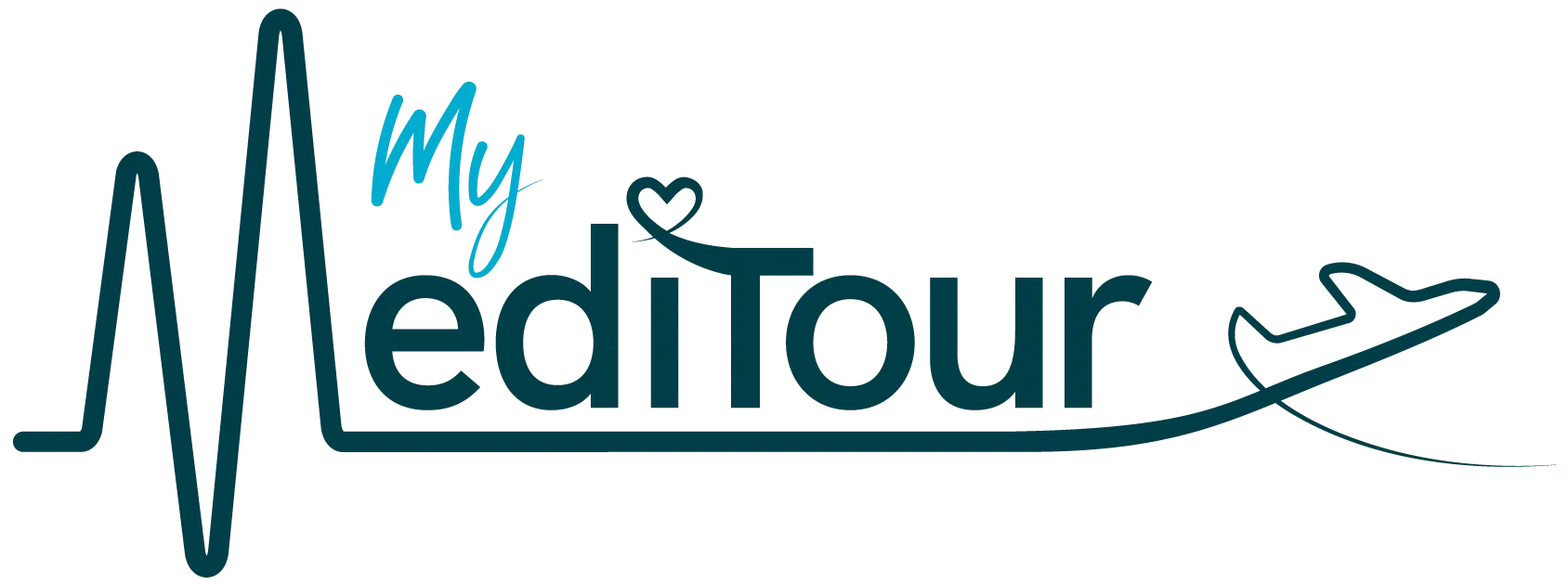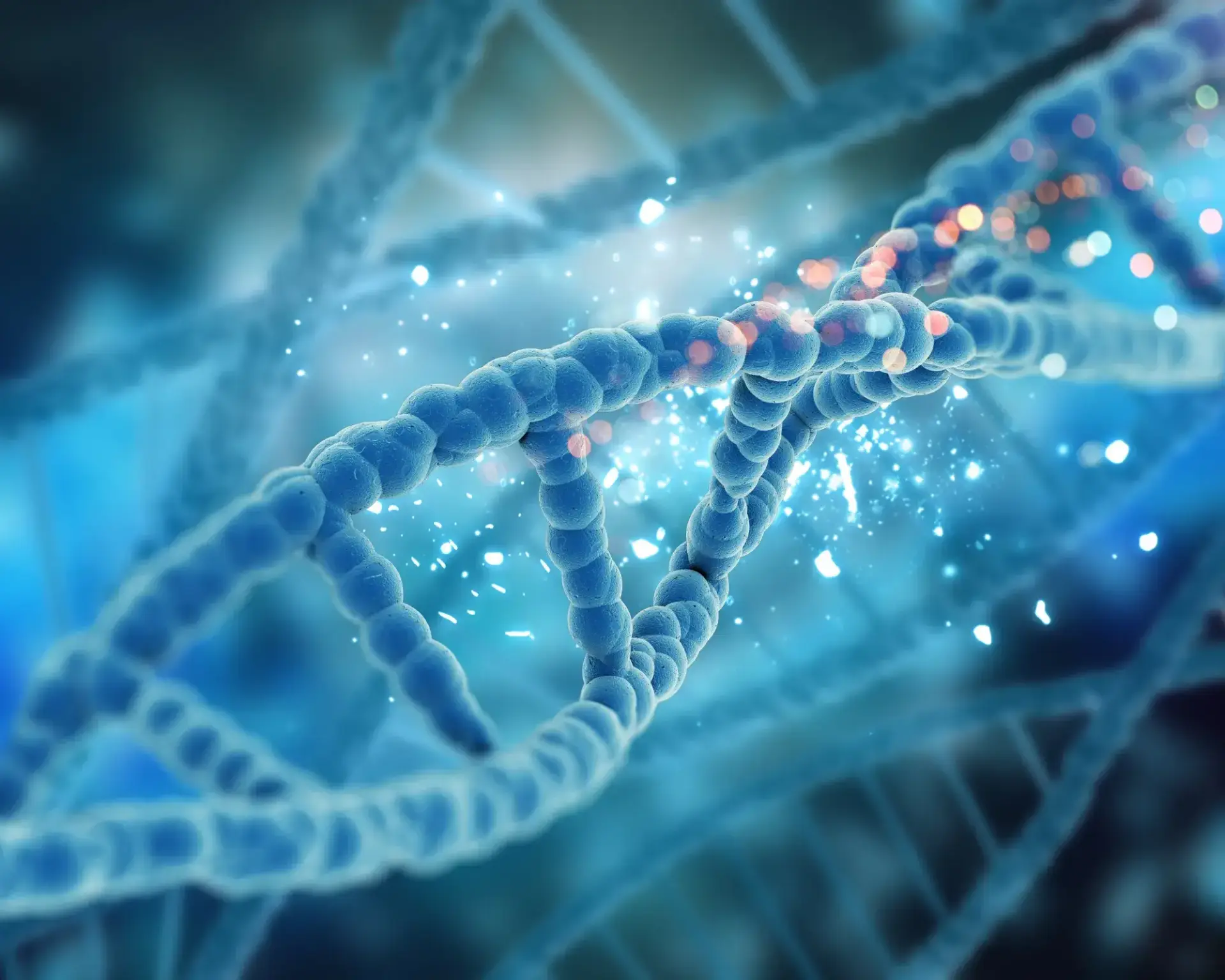Stem cell therapy has emerged as a promising treatment option for a wide range of medical conditions, from degenerative diseases to injuries and autoimmune disorders. South Korea, renowned for its advanced medical technologies and expertise, has become one of the leading destinations for stem cell therapy. With cutting-edge research, highly skilled professionals, and state-of-the-art facilities, South Korea offers high-quality care at competitive prices. This guide will walk you through the costs, procedures, benefits, and important considerations for stem cell therapy in South Korea.
Cost of Stem Cell Therapy in South Korea
Stem cell therapy in South Korea typically ranges from $4,000 to $15,000 USD, depending on the type of treatment, the source of stem cells, and the clinic’s expertise. Cosmetic or skin rejuvenation treatments usually fall on the lower end of the range, while full-body or anti-aging therapies can reach higher prices. Patients often choose South Korea for its advanced medical technology, strict safety standards, and experienced regenerative medicine specialists, making it a trusted destination for high-quality stem cell treatments at a comparatively lower cost than in the U.S. or Europe.
Breakdown of Costs:
- Basic Stem Cell Therapy (single session): Ranges from $3,000 to $5,000 USD. This typically includes the injection of stem cells derived from the patient’s own fat or bone marrow for conditions such as joint pain, osteoarthritis, or soft tissue injuries.
- Advanced Stem Cell Therapy (multiple sessions or specialized treatments): Can range from $6,000 to $15,000 USD. These treatments may involve stem cells derived from umbilical cord blood, mesenchymal stem cells, or advanced regenerative medicine techniques used for complex conditions like spinal cord injuries, neurological disorders, or autoimmune diseases.
- Hair Restoration (Stem Cell Therapy for hair growth): Typically ranges from $4,000 to $7,000 USD depending on the number of sessions.
Why Choose South Korea for Stem Cell Therapy?
1. Advanced Medical Facilities
South Korea is home to some of the world’s top medical institutions. Many hospitals and clinics specialize in regenerative medicine and stem cell research. These facilities are equipped with the latest technology and adhere to international medical standards, ensuring high-quality care for patients.
2. Experienced Professionals
South Korean doctors and medical professionals are highly trained in regenerative medicine and stem cell therapy. Many of them have international certifications and have participated in cutting-edge research. They are experts in customizing treatment plans to fit individual patient needs.
3. Comprehensive Care
South Korea’s healthcare system offers comprehensive care packages for international patients, which often include medical consultations, diagnostic tests, stem cell injections, and post-treatment follow-up. Many clinics provide assistance with travel arrangements, accommodation, and language translation, making the experience smooth for foreign patients.
4. Cutting-Edge Research and Innovation
South Korea is a leader in stem cell research and regenerative medicine. The country invests heavily in medical research, ensuring that patients have access to the latest and most effective treatments. Clinics and hospitals are often at the forefront of clinical trials and innovations in stem cell therapy.
5. Affordability Compared to Western Countries
While the costs for stem cell therapy in South Korea are not the lowest globally, they are significantly more affordable than in countries like the United States or Europe. The quality of care is on par with global standards, but the cost is generally 30% to 50% lower, making South Korea a popular destination for medical tourism.
Important Considerations Before Undergoing Stem Cell Therapy
1. Eligibility for Treatment
Not all conditions are suitable for stem cell therapy, and eligibility largely depends on the type of condition being treated, the patient’s overall health, and the specific stem cell treatment being used. A thorough consultation and medical assessment are necessary before beginning treatment.
2. Risk and Safety
While stem cell therapy is considered safe in the hands of skilled professionals, there are potential risks, such as infection, inflammation, or adverse reactions. It’s crucial to choose a reputable clinic and ensure that the procedure is carried out under sterile conditions. Some treatments, especially those using embryonic stem cells, may carry additional ethical considerations.
3. Long-Term Effectiveness
While many patients report positive outcomes, stem cell therapy is still a developing field, and results can vary. The effectiveness of the therapy depends on several factors, including the type of condition, the patient’s health, and the specific type of stem cells used. Patients should have realistic expectations and understand that stem cell therapy may require ongoing treatments for optimal results.
4. Regulations and Legal Framework
South Korea has a well-regulated system for stem cell therapy, ensuring that treatments are carried out ethically and safely. However, it is essential to ensure that the clinic you choose is licensed and follows the country’s medical laws regarding stem cell use.
5. Post-Treatment Care
After undergoing stem cell therapy, patients are typically required to follow specific aftercare instructions, including rest, physical therapy, or medications. Follow-up consultations are also essential to monitor progress and ensure the best possible outcomes.
Comparison: Stem Cell Therapy Costs
| Country | Average Cost (USD) |
|---|---|
| South Korea | $3,000 – $15,000 |
| United States | $8,000 – $30,000 |
| United Kingdom | £5,000 – £20,000 |
| Germany | €5,000 – €25,000 |
As shown, stem cell therapy in South Korea is significantly more affordable than in many Western countries, while still maintaining high standards of care.
Frequently Asked Questions (FAQs)
1. What is stem cell therapy?
Stem cell therapy involves using stem cells to treat or regenerate damaged tissues and organs. Stem cells are unique because they can develop into different types of cells and help repair or replace damaged tissues in the body.
2. Who is a good candidate for stem cell therapy?
Good candidates are individuals with conditions such as osteoarthritis, spinal cord injuries, degenerative diseases, autoimmune disorders, or damaged cartilage. However, suitability depends on the specific condition and overall health of the patient.
3. What are the types of stem cells used in therapy?
The most commonly used stem cells in therapy are mesenchymal stem cells (MSCs), which are typically derived from bone marrow or adipose tissue. Other sources include umbilical cord blood and induced pluripotent stem cells.
4. How long does the stem cell therapy procedure take?
The stem cell therapy procedure typically takes between 1 to 2 hours, depending on the complexity of the treatment. The treatment is usually performed under local anesthesia, and patients are typically able to return to normal activities within a few days.
5. What are the risks of stem cell therapy?
The risks of stem cell therapy include infection, inflammation, and potential complications depending on the type of stem cells used. It is important to ensure that the procedure is performed in a sterile environment and under the guidance of experienced professionals.
6. How many sessions of stem cell therapy will I need?
The number of sessions depends on the condition being treated. Some patients may require only a single session, while others may need multiple treatments over several weeks or months.
7. Is stem cell therapy effective for all conditions?
Stem cell therapy has shown positive results for many conditions, but its effectiveness can vary. It is most effective for conditions related to tissue regeneration, such as joint pain, arthritis, and spinal cord injuries, but results may vary depending on the severity of the condition.
8. Do I need to take medication after stem cell therapy?
Post-treatment care varies by condition, but medications such as anti-inflammatory drugs or physical therapy may be prescribed. Follow-up visits are essential to monitor progress and ensure optimal healing.
9. What should I consider when choosing a clinic in South Korea?
When choosing a clinic for stem cell therapy in South Korea, ensure that the clinic is licensed, the staff is experienced, and the treatment protocol follows ethical and legal standards. It’s also essential to review patient testimonials and verify the clinic’s success rates.
10. Can stem cell therapy help with hair loss?
Yes, stem cell therapy has shown promise in treating hair loss, particularly androgenic alopecia. In such cases, stem cells are used to stimulate hair growth by regenerating hair follicles.
Conclusion
Stem cell therapy in South Korea offers a promising and cost-effective option for patients seeking treatment for a variety of medical conditions. With world-class medical facilities, highly skilled professionals, and cutting-edge research, South Korea has become a leading destination for stem cell therapy. However, patients should consider all aspects of the treatment, including eligibility, risks, and post-treatment care, to ensure the best possible outcomes.
If you are considering stem cell therapy in South Korea, it is essential to consult with qualified medical professionals, Contact MyMediTour and be prepared for both the benefits and potential challenges of this innovative treatment.




